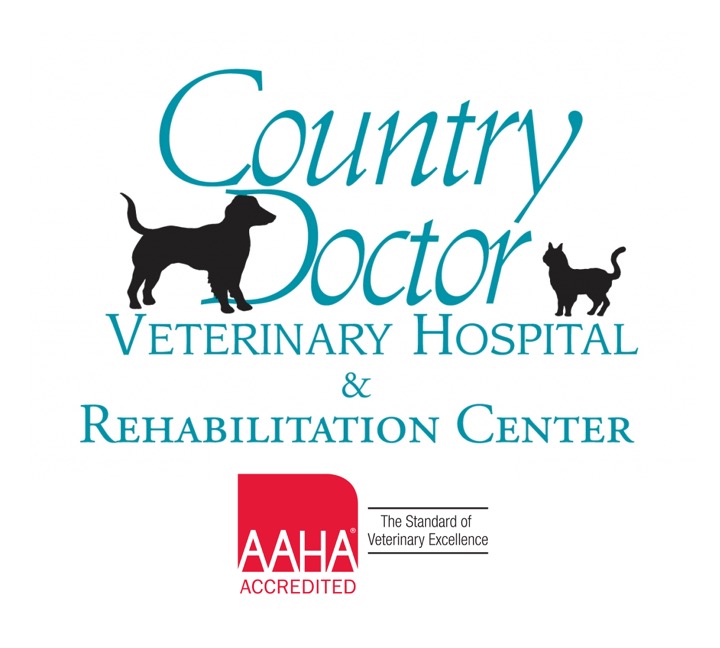Library
-
Dog food labels can certainly be confusing to interpret. In the United States, the Association of American Feed Control Officials (AAFCO) has developed model laws and regulations that states use for animal feeds. In Canada, pet food labeling guidelines are regulated by the Consumer Packaging and Labeling Act administered by Industry Canada. The Canadian government's Competition Bureau also has an extensive working group that upholds a voluntary code of conduct for the labeling and advertising of pet food. The most important information when comparing one dog food to another is the guaranteed analysis. Ingredient lists are somewhat useful when evaluating a particular dog food, but it is important to recognize the limitations. Talk to you veterinarian about the ingredient list and nutrient profile to help choose the diet that is right for your dog.
-
Your veterinarian wants to keep your pet healthy and the fact is that people who are better informed take better care of their pets. Do not be overwhelmed by “medicalese”. Try your best to understand this foreign language and if you cannot quite decipher it, ask your veterinarian to speak more plainly.
-
This handout describes and illustrates this condition, and discusses the causes, clinical signs, diagnosis, and treatment options for degenerative disc disease in dogs. Surgical intervention is specifically outlined and rule-outs for other conditions causing similar signs are also discussed.
-
Degenerative joint disease is arthritis caused by deterioration and degeneration of tissues lining joints. It is an under-recognized condition in cats. Treatment involves modification of the home environment, regular gentle exercise, anti-inflammatory drugs and other medications, omega fatty acids, chondroprotectants, and possibly other nutraceuticals. Maintaining your cat’s weight can help prevent degenerative joint disease.
-
Degenerative joint disease is arthritis caused by deterioration and degeneration of tissues lining joints. Treatment includes regular gentle exercise, anti-inflammatory drugs and other medications, omega fatty acids, chondroprotectants, and possibly other nutraceuticals. Emerging therapies include rehabilitation therapy, acupuncture, and stem cell or platelet rich plasma therapies. Maintaining your dog’s weight can help prevent degenerative joint disease.
-
Degenerative myelopathy (DM), a disease affecting the spinal cord, results in slowly progressive hind limb weakness and paralysis. It is considered a disease of middle-aged to older dogs, including German shepherds, German shepherd crosses, Siberian huskies, and collies. It will be suspected based on breed, medical history, physical examination, and diagnostic tests. Unfortunately, there is no effective treatment, and it is a progressive, incurable disease.
-
Demodectic mange is caused by a parasitic mite that lives in the hair follicles of dogs. As long as the body's immune system is functioning properly, these mites cause no harm. Demodectic mange most often occurs when a dog has an immature or weakened immune system, allowing the number of skin mites to increase rapidly. Topical, oral, and injectable medications are available to treat demodectic mange.
-
If a tooth is unerupted, it is at risk of forming a destructive dentigerous (odontogenic) cyst in the bone. Although unerupted or broken teeth can be painful, dogs rarely show obvious signs of pain. Dentigerous cysts, including and the original tooth must be removed carefully as to avoid compromising the bone, which can easily fracture during the extraction. Dentigerous cysts are preventable if unerupted teeth are addressed early in life.
-
Dermatomyositis is hereditary, immune-mediated disease of the skin muscles and blood vessels affecting primarily collies, Shetland Sheepdogs and mixes of these breeds. Other breeds can experience similar disease. Signs are usually first recognized in puppies but can present in young adulthood. Signs include: skin lesions (crusty erosions, patchy alopecia or ulcers) around the eyes, lips, face, ear flaps or tail tip, foot pad lesions; atrophy of chewing muscles or difficulty chewing; stiff gait and megaesophagus in severely affected dogs. Skin biopsies are diagnostic. Treatment involves treating secondary bacterial infections, reducing sun exposure, EFAs, and immunomodulatory medications including tetracycline, niacinamide, pentoxifylline, cyclosporine and corticosteroids. Prognosis varies depending on severity.
-
This handout discusses the growing trend for designer dog breeds – the crossing of pure dog breeds to create dogs that combine “the best of both worlds.” The pros and cons of this practice are highlighted, along with some of the more common designer breeds currently available.

